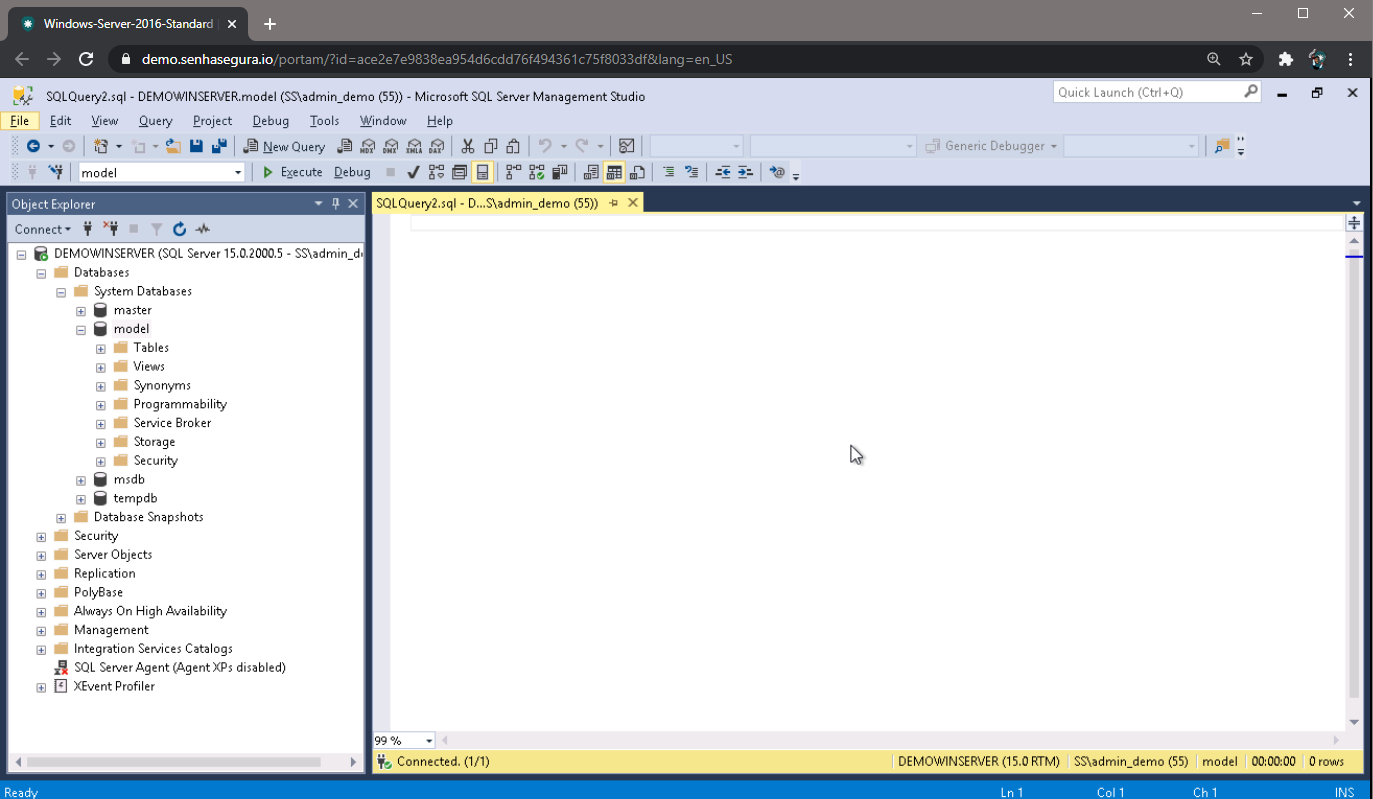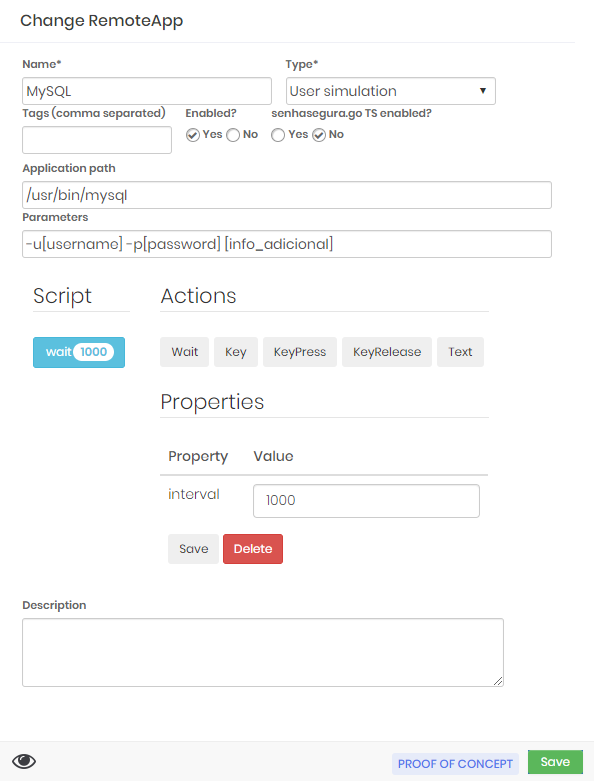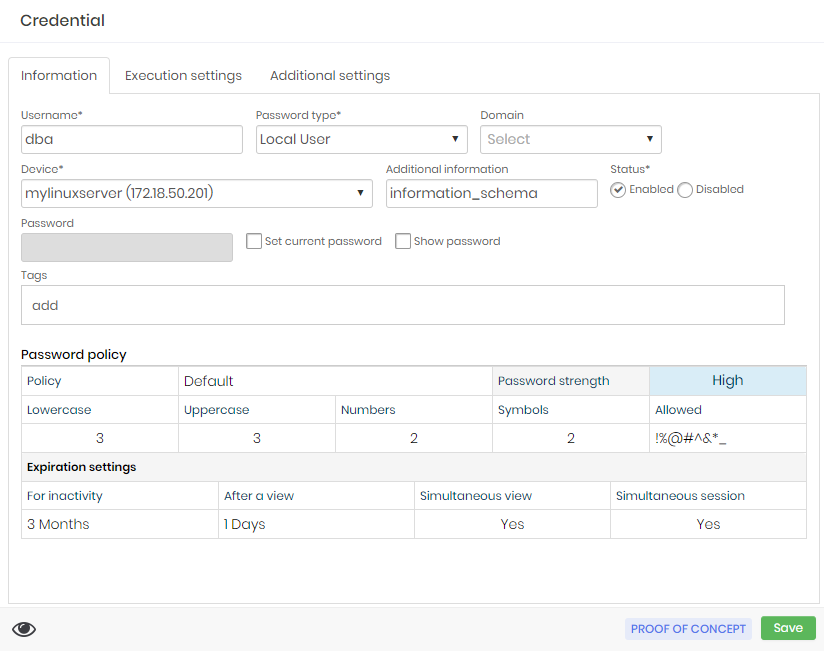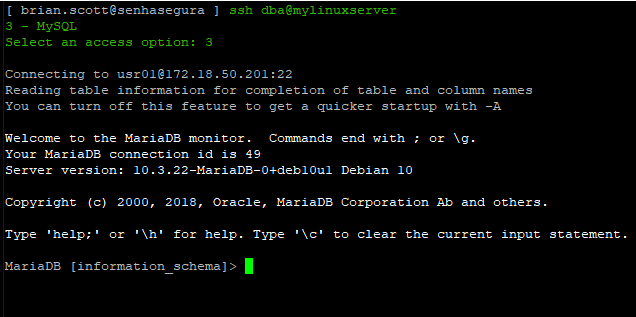RemoteApp
RDP RemoteApp
A RemoteApp in RDP connection is accomplished by leveraging the protocol's channels.
The connection is established and a channel is opened directly in the desired binary.
If the binary requires authentication, it can be accomplished through the binary arguments or by the automation macro.
The operator user will be isolated in the RemoteApp binary inside the RDP session. If the user minimizes the application window, it will not be possible to use other applications. Also, if the user closes the RemoteApp binary, the session is terminated.
For RemoteApp the Audited Command feature will not be available.
To configure RemoteApp it is necessary to configure the macro through the menu PAM Core ➔ Settings ➔ Access ➔ RemoteApp. In this report, you have access to all Macros and RemoteApps registered on the platform.
Note that the setting is populated with the location of the binary, and as arguments, the masks will be applied to the user, password and additional information.
Finally, configure the credential with the RemoteApp macro to use, and if necessary, provide the device access credential.
When you log in using senhasegura RDP Proxy , the application will be presented immediately.


SSH RemoteApp
A RemoteApp in SSH connection is accomplished by leveraging the protocol's channels. The connection is established and a channel is opened directly in the desired binary.
If the binary requires authentication, it can be accomplished through the binary arguments or by the automation macro.
The operator user will be isolated in the RemoteApp binary because there is no intermediary terminal. If the user closes the RemoteApp binary, the session is terminated.
For RemoteApp the Audited Command feature will not be available.
To configure RemoteApp it is necessary to configure the macro through the menu PAM Core ➔ Settings ➔ Access ➔ RemoteApp. In this report, you have access to all Macros and RemoteApps registered on the platform.
We will use RemoteApp MySQL as an example.

Note that the setting is populated with the location of the binary, and as arguments, the masks will be applied to the user, password and additional information. The additional information will be filled in with the name of the database that will be connected.

Finally, configure the credential with the RemoteApp macro to use, and if necessary, provide the device access credential.

When you log in using senhasegura Terminal Proxy, the application will be presented immediately.
